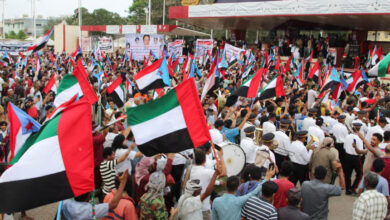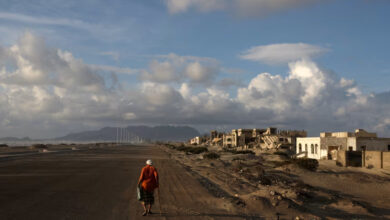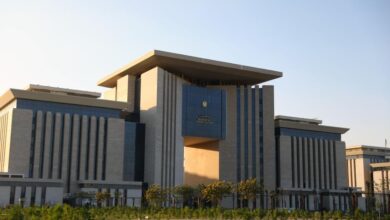
The kingdom is building a new downtown in the capital Riyadh, its sovereign wealth fund announced on Friday. Spearheaded by Crown Prince Mohammed bin Salman (MBS), the “New Murabba” (new square) project is meant to expand the capital by some 19 square kilometers (4,695 acres) to accommodate hundreds of thousands of residents.
At the heart of the project is the “Mukaab,” a 400-meter (1,312-foot) high, 400-meter wide and 400-meter-long cube that is big enough to fit 20 Empire State buildings. It offers “an immersive experience” with landscapes changing from outer space to green vistas, according to Public Investment Fund (PIF), the MBS-led $620-billion sovereign wealth fund. The project is due to be completed in 2030.
Holographic technology is meant to offer “a new reality” to consumers as they shop and dine. The building also includes recreational facilities as well as hotels and residential units.
Saudi Arabia, which has been the subject of bad press for decades due to human rights violations, has embarked on an ambitious project to diversify the economy away from oil and shed its image as a conservative, closed-off state.
“Back in the day, you would have negative discussions about Saudi Arabia affiliated to human rights abuses,” said Andreas Krieg, research fellow at the King’s College London Institute of Middle Eastern Studies. “But now they’re trying to push new narratives of being a country of development and one that can build futuristic cities.”
But some analysts say Saudi Arabia has serious regional competition from neighboring Dubai and the Qatari capital Doha, both of which have for decades tried to position themselves as regional tourism and investment hubs.
“Being second in the race is always a tough place to start when you want to become the leader,” said Simon Henderson, director of the Gulf and Energy Policy program at The Washington Institute. He added that it is particularly difficult for Saudi Arabia because “they’ve spent decades not attracting foreign, non-Muslim visitors.”
But some have questioned whether the project will even come to fruition. Saudi Arabia has announced similar mega projects in the past, work on which has been slow.
In 2021, MBS announced his $500 billion futuristic Neom city in the northwest of the country, with promises of robot maids, flying taxis, and a giant artificial moon. And last year, he unveiled a giant linear city, the Line, which aimed to stretch over 106 miles and house 9 million people.
The kingdom already has an $800 billion plan to double the size of the capital in the next decade, as well as transform it into a cultural and economic hub for the region, according to Saudi media.
“The more absurd and futuristic these projects get, the more I can’t help but imagine how much more dystopian everything surrounding them will be,” wrote Dana Ahmed, a Gulf researcher at Amnesty International, on Twitter.
Saudi officials have insisted that work on the projects is going ahead as planned.
It’s unclear how much New Murabba will cost, or how PIF plans to finance it.
Asked about the cost and financing plans, PIF told CNN that details have not yet been disclosed and that it will announce further information in due course.
Some analysts are skeptical, saying that the kingdom may not be able to gather enough funding to fulfill its ambitions.
“The finances of all of this are not entirely secured. They have tried to get a lot of foreign direct investments (FDI) to realize this project,” said Krieg, adding that investment hasn’t come in the way Riyadh may have hoped.
Saudi Arabia is hoping to raise its FDI to 388 billion riyals ($103 billion) annually by the year 2030. The kingdom’s current FDI stands at $19 billion as of 2021, according to the United Nations Conference on Trade and Development’s (UNCTAD) 2022 World Investment report.
Whether the kingdom will be able finance the project also depends on the price of oil, said Henderson.
The price per barrel is currently in the low $80s, he said, noting that the kingdom may need oil prices to pass the $100-mark in order to finance national megaprojects.
While some mocked the new city and cast doubts about its viability, others pointed to the uncanny resemblance its cubic skyscraper has with Islam’s holiest site in Mecca.
The Kaaba, the name of which comes from the same root as the name of the new Mukaab building, is the structure that billions of Muslims turn to for prayer five times a day, and to which millions make pilgrimage every year.
“Building a new Kaaba exclusively devoted to capitalism is a little too on the nose,” tweeted Murtaza Hussain, a journalist.




